Ecommerce Product Photography Tips for Your Maximum Impact
Sophisticated and thorough photography of products is no longer a luxury for e-commerce businesses – it is a necessity. Since any successful online store depends upon the kind of relationship or bond that one creates between the buyer and the product, the most essential part of this process is the product images used.
The research done by Shopify shows that inserting quality images as part of the marketing strategy can increase conversion by up to 40 percent. According to the theme of the informative year, an excellent performance in the sphere of eCommerce photography is crucial. In terms of the subject, each aspect is crucial, ranging from the general idea of the products to their successful portrayal.
Anyway, through this guide, you will get the rudiments of e-commerce and product photography needed to compete professionally or start selling your products online well, even if you are a small businessperson with less capital. This informative guide will also touch on basic photo editing to ensure your product photos are the best possible representation of your brand.
Preparing for Product Photography

Are you prepared for the e-commerce guide and product photography tricks and tips? Hold on a second! Ok, before this happens, let me brief you. Amid most product photography, preparation is crucial for taking crisp and quality product photos. Wondering how? Follow the road map below – continue to scroll down.
1. Choose a white background for a clean, professional look
Select the right background color for your photo. Literally, from my experience, a white background makes a no-brainer selection for unique, professionally polished photos. In product photography, an ordinary white background keeps all the focus on the product, without any other distractions.
With a white background, your life will be much easier during the editing process. It allows for all but seamless post changes, fine-tuning your works for products that jump right off the page. Not to mention, it will enable you to easily remove unwanted objects and keep the focus only on your items.
2. Properly light your product photography environment
And the trick in good product photography is, of course, the light. When I clicked some pictures, it just dawned on me: for a quality product picture, you first need good lighting. It's like magic—a life ingredient that pops everything up just perfectly.
Here is one of my favorite product photography tips: underestimate the power lighting angles have on moving around. Light can take your shot up a level, whether it's a soft glow or a sharp highlight. Just remember that even post-production won't fix a bad light.
3. Setting Up Your Studio Space Properly
A well-set-up personal home art studio can take your e-commerce product photography to the next level. It is not only about the tools but also about setting up your studio with an environment that will facilitate both creativity and inspiration. Your product images will be the ones that can attract customers' attention like a magnet, with just a bit of workflow optimization and the proper investments in lighting for artists.
Moreover, a well-designed studio makes your work easier by providing comfort and efficiency in storing solutions. With everything in its place and space maximized to work more productively and focus on what's important, everything is great when it comes to making beautiful images that sell.
6 Proven Ecommerce Product Photography Tips for Success
So when you are done with your preparation part for your product photography, you need some effective and proven techniques. Well, I'm pretty sure you believe that product photography rules the e-commerce world. If you want that little attention without any hassle from the customer, you must make some great images. What follows? The increase in sales, of course.
On the other hand, some believe this is only possible with professional commercial photography. That's not the case; even small businesses are taking great product photos that sell.
In this section, we'll look at 6 effective ecommerce product photography tips that will help you take great pictures of your product, which will sell more effectively without using expensive gear or photo editing software.
1. Composition and Framing
When you photograph your products, it is not all a matter of pointing and shooting. Photo composition and framing can be regarded as the way techniques, rules, and styles in photography are applied to create perfect product visuals that will attract more customers.
Think of composition like arranging furniture in your room. You want everything placed just right to look good and be inviting. In photos, it's about where you put the product (subject placement), how much empty space you leave around it (negative space), and how you use different elements to draw the eye in (leading lines). Here are a few simple things that bring product photos to life:
- First, one of the major rules of composition in photography is the rule of thirds. If you envision your photo divided into nine equal parts by two horizontal and two vertical lines, then placing your product on these lines or at the intersections makes the image balanced and more appealing. This rule of thirds really helps lead the eye to the product naturally.
- Another great technique is using depth and dimension. This is the inclusion of the element of depth in the field. Have your product sharply in focus, with the background deliberately blurry, and you're well on the way to creating an element of depth and dimension that makes the product jump out at the viewer. This sharpness and focus on the product immediately let customers know your image's main subject.
Framing is almost like placing the perfect frame around a painting. This controls what the viewer sees and how they view it. You can use a variety of framing methods to :
- Highlight the product: Use a white background to make the product the star of the show.
- Tell a story: Add props or a background that tells what the product is for (think a cozy blanket for a comfy robe).
- Create a mood: A bright, airy background makes a summer dress feel even more refreshing.
2. Consider responsive image solutions
One of the most essential product photography tips that I've found is on how to do responsive images. The idea here is straightforward: it resizes according to the user's device. They automatically optimize for faster load times and better experience. By applying media queries in CSS, I am able to control the manner in which these images are presented depending on the devices, irrespective of whether they are desktops or mobiles.
Another major characteristic is mobile image optimization. I adjust images to fit smaller widths and constantly adapt them to fit the optimum adaptive and fluid images for this purpose. This not only improves the feature of website speed optimization but also makes the photos look better. On the other hand, since images are lazy loaded and CDN services are integrated into the platforms, loading images no matter the number of other images to load is improved, and this, in one way or another, makes the overall experience friendly. Effective tips for responsive image solutions:
- Adoption of defined image formats (responsive images: JPE 2000, WebP).
- Integrate CDNs in order to ensure increased loading speed.
- Implement lazy loading to prioritize above-the-fold content.
- Image resizing for different devices.
3. Aim to represent the product entirely in your photos
Let me tell you this for a fact: here is the golden rule in ecommerce product photography: Show everything! Since people can't hold your product in their hands online, you will want to show everything in your photos. A complete product view entails multi-angle shots displaying all the features. Think close-ups for details and lifestyle shots to show it in action. By clearly representing your product, you build trust and sell more!
Well, there are endless tips for product photography that exist today. You can go all out with a product photography studio or keep it simple with mobile product photography. Not to mention those detailed images, the close-up shots that zero in on particular features of your product, and a little lifestyle photography that can go a long way to add them to use, you'll want to hit them with an extra wallop of that awesomeness factor. Here are some tips to fully represent your product through photos for tremendous success in eCommerce:
- Multiple Angles: Capture the front, back, side, top, and bottom of your shot.
- Close-Ups: Include the bleed-off or the feature shots, which emphasize texture, feel of fabric, stitching, and other such features.
- Scale Indicators: Use everyday objects or a model to indicate size and scale so a customer can relate it to what it might be like in person.
- Lifestyle images: Show your product in action or a real-time scenario so that a consumer can visualize how using a product fits into their living.
- 360-degree Views: Consider offering a 360-degree view or video that will enable the customer to interact with your product virtually.
4. Fine-tune exposure for ideal brightness
Yes, good product photography is key to e-commerce success. Even though products have a high sensitivity, exposure finessing for maximum brightness seems essential. For example, if the product is exposed much beyond the required/below the required, then the image detail is not visible to shoppers. This often leaves them confused and unable to make purchases. Shopping with coupons can be an overwhelming experience for some individuals, especially young ones.
Adjusting exposure will:
- Enable a well-exposed product photo with natural light gradients.
- Highlight the actual color and fine details of your product.
- Make your product clearly visible and attractive to potential customers.
Thus, Potential customers will:
- Have a clear picture of what they are getting by hitting the 'buy' button.
- Have their trust earned.
Well, fine-tuning exposure might just mean a slight adjustment on either the shutter speed, aperture, ISO, or exposure compensation to balance the lightness and darkness correctly. Of course, one is looking to avoid brightening up highlights to the point that they become prematurely overexposed or, on the flip side, underexposing blacks to the extent that they appear uniformly dark.
In no time, anyone can get used to exposure manipulation and, as a result, show off and sell the best of your prized stocks, thus greatly enhancing your e-commerce business.
5. Maintain consistent product sizes in your images
Let's start with another interesting point concerning product photography that can increase the results of your e-commerce business. I also found some guidelines to use for the site. One is that the product images should be consistent.
Imagine you're shopping online. You watch a movie scene where a particular dress seems to fit a woman perfectly, and the very next moment, she struggles to wear the same dress to zip it. Confusing, right? That is why it is imperative that the image be consistent with the other images of the product. That means if you are scaling images, you should scale images for all your products or use the same sizes to resize the images. Here's why it matters:
- Product presentation: Properly aligning your products adds professionalism and smooths your products' order.
- Background removal: Certainly, background removal is easier when your products are of a similar size and shape to each other.
- Product listings: All these make the listings look neat and imply that the viewer does not have to look far to find what they are looking for.
- Visual merchandising: Such stability in product sizes helps create a better interface for purchasing items through the web.
- Product clarity: Effective exposure will let people look at your products and observe every aspect; with this, they can make their own assumptions and decisions.
- Zoom functionality: When users can zoom in, they want the details to be clearly and sharply defined, so they do not want to see a blurred image.
Remember these steps and benefit from the engaging and informative product images that will contribute to an even more positive outlook of the eCommerce coming our way!
6. Enhance your images with retouching
Imagine you are online and would like to buy a new t-shirt. A picture appears, though dim and wrinkled, so the appearance it will have is tough to tell. It doesn't sound very appetizing, does it?
And it is at this point that one can turn to image enhancement. Not only can you create unique product images, but you can also try out professional photo retouching on your photos!
- Showcase your products: Gain exposure to control light and color in order to make improvements in the composition of your photos.
- Clean Up the Scene: In this process, photos are cleaned up and made perfect by taking unwanted objects out of them and renovating any imperfections to look professional. It allows the product to be the one that shines!
- Make it Real: Image enhancement is powerful, but reality should not be harmed. Airbrushing services are too tempting; make your product not to be unreal. E-commerce thrives on trust; make sure you have actual photos.
In short, good product photography with a pinch of professional photo retouching is half the battle. It increases people's attention and customer confidence in the product, increasing sales.
Think of it as taking your game online with all your bests on—or, you know, products. Now, you can easily uplift your e-commerce business to the next advanced level by using high-end retouching or even photo editing.
Photography Common Mistakes and How to Avoid Them
Product photography is one field in which prevalent mistakes reduce the quality of the pictures we capture of our products. However, despair is not! By knowing what these common mistakes are and ways to avoid them, you can elevate your product photography and take beautiful shots of your products.
Do's of Product Photography
The "Do's" in product photography act as guiding lights, directing you towards creating strong visuals that easily persuade the buyers to make a purchase. Here is a look at those things on which you must dwell to achieve professional-grade packshot photography:
- Use natural light whenever possible
- If you're using artificial light, scatter it effectively to prevent sharp shadows.
- Always use a tripod to ensure sharp images.
- Shoot from all angles to bring out the feel of the product for viewers.
- Make sure the background is clean and uncluttered.
- Correct the brightness, contrast, and color accuracy of your photos.
Don'ts of Product Photography
While knowledge about what to do is vital to any pursuit, recognition of what to stay away from can be equally valuable. However, in product photography, avoiding certain pitfalls can ensure the integrity of your brand and the appeal of your products. Here we get into the "Don'ts," lighting up the missteps that may detract from the effectiveness of your visual marketing efforts:
- Do not have a cluttered or busy background.
- Don't get settled into one boring static shot.
- Avoid using harsh light or shadows.
- Do not forget to clean and prepare the product.
- Do not over-edit photographs.
EndNote
So yes, mastering product photography is key for every online entrepreneur. This guide will show you how to take high-quality pictures of your products that will increase conversion rates and boost sales. You have learned how to set up basic studio space and compose effectively, fine-tune exposure, and maintain consistent product sizes for a professional look.
Just practice a little and use the techniques that I have shown you earlier that will enable you to capture beautiful shots that make your products compete well with the rest. Well, are you ready to level up your product photo and video workshops?It is my hope that this guide has provided you with the basics—you now get a chance to experiment with what works best for you.
Anyway, for those who are time-poor and find standard editing doesn't come out that great, there are professional photo editing services like Graphic Design Eye. We will help you in this regard by providing the most appealing photo editing for all of your brand approaches.
Also, we are a professional team with qualified and highly experienced photo editors. Our company has had the opportunity to work with clients from different places in order to enhance their online imagination. We are also available for 24-7 client support and ensure that we provide you with the best clipping path, photo drop shadow, photo retouching, and background removal services, and much more on time. Thus, it is of great importance to focus on preparing good product photos today for a successful e-commerce tomorrow. Start with us now!



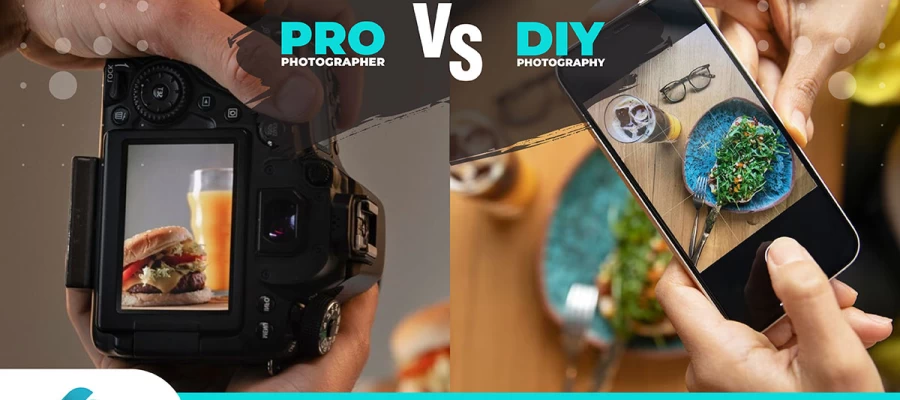
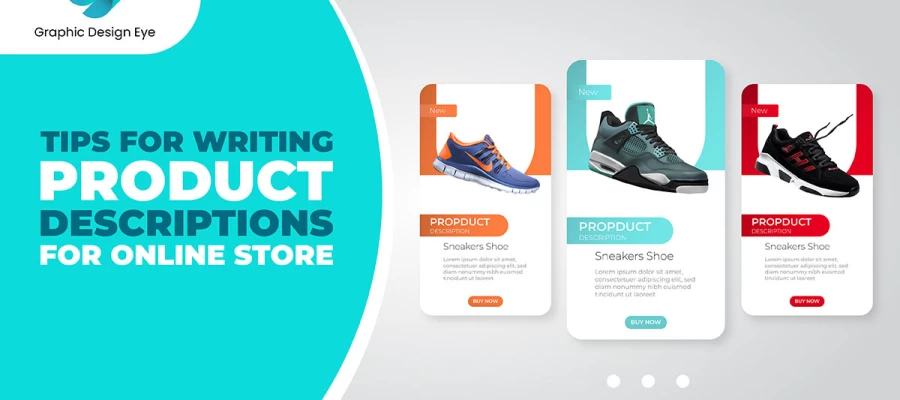
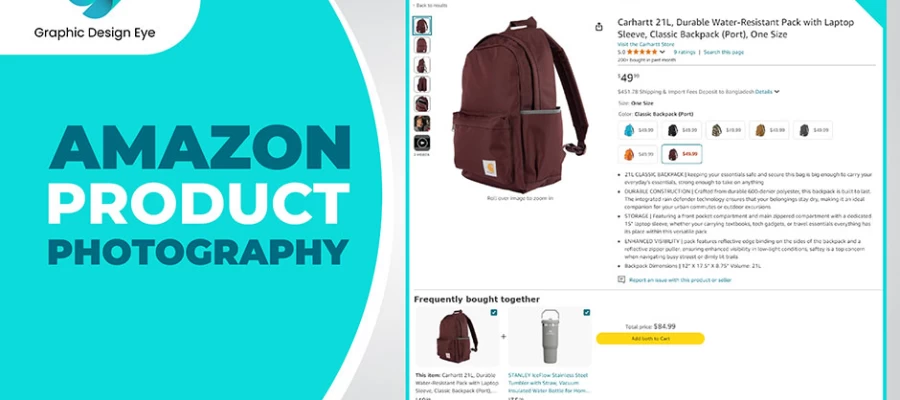
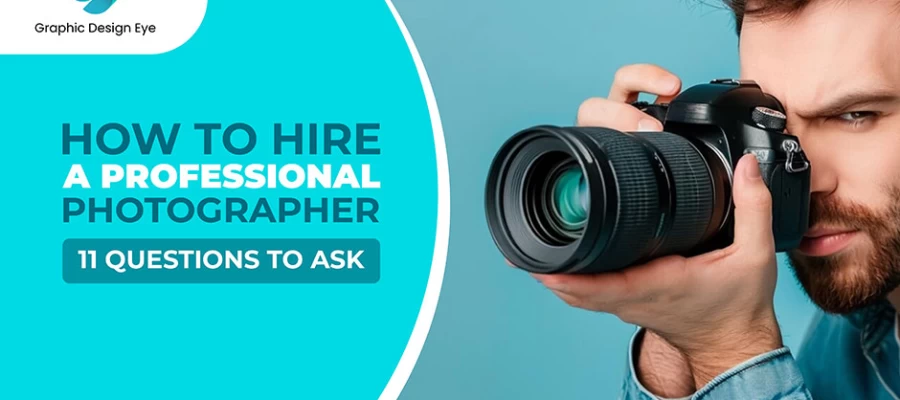
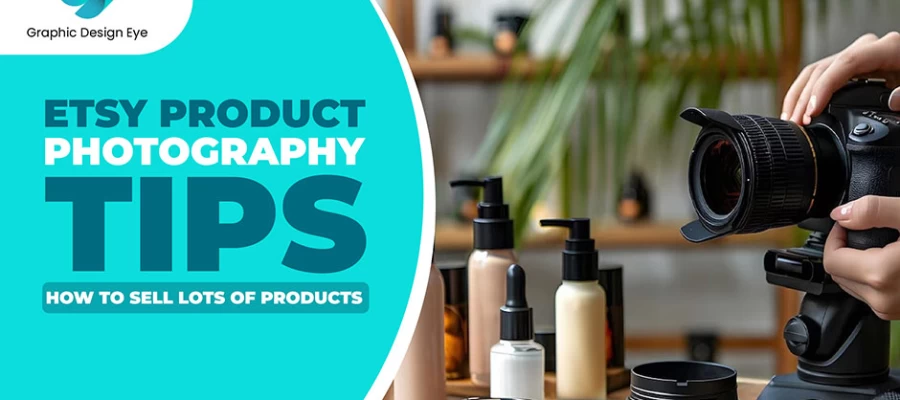

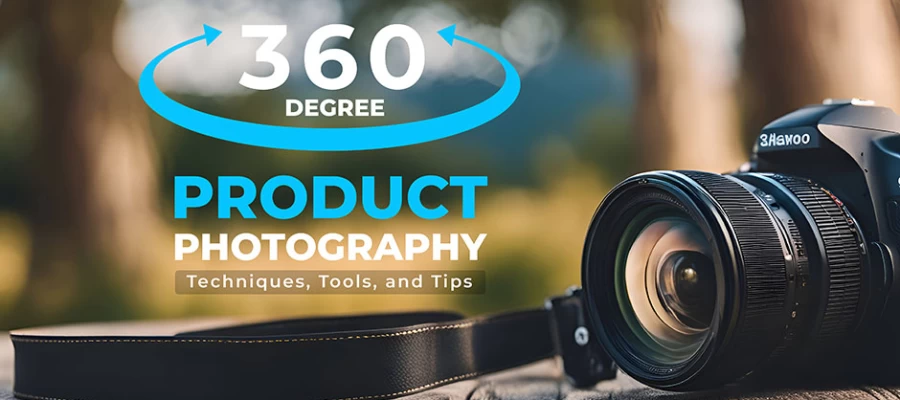
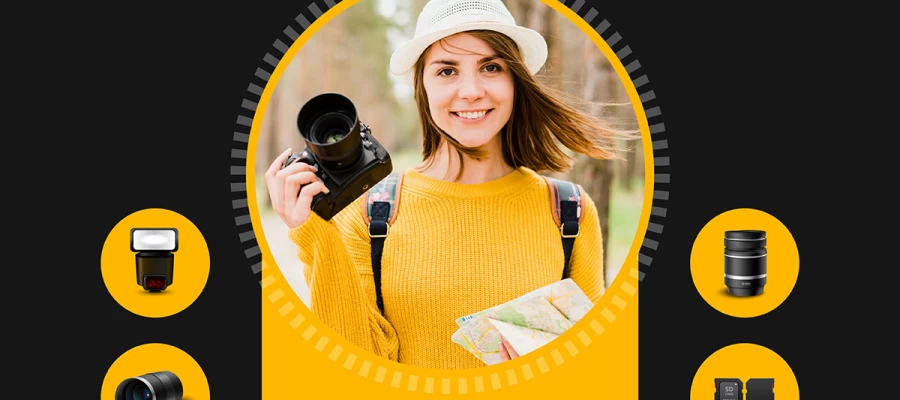




Your email address will not be published. Required fields are marked*